
cd_nom
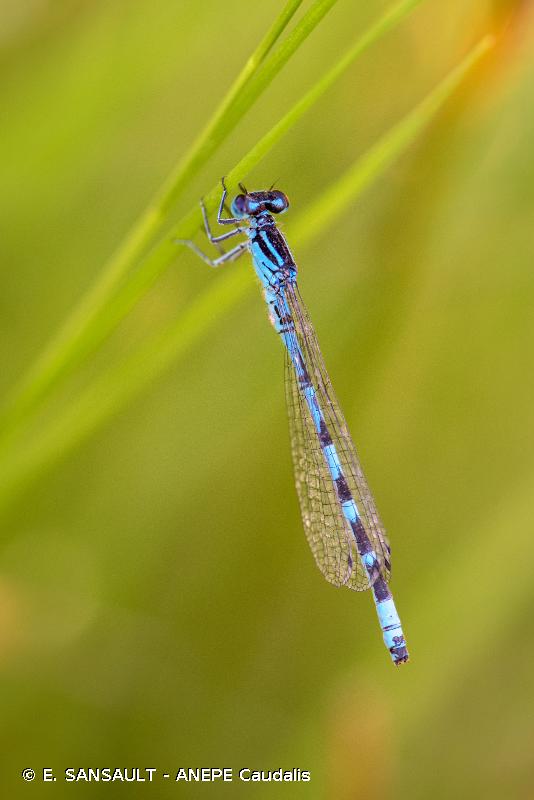
| Author : E. SANSAULT - ANEPE Caudalis |
 |
To get the picture, please visit:
Eric Sansault
ANEPE Caudalis
email : inpn@mnhn.fr
Despite the Creative Commons license, please inform the author of the use which will be made of his photo

| Author : Laurent Rouschmeyer |
 |
To get the picture, please visit:
Laurent Rouschmeyer
email : inpn@mnhn.fr
Legend: Mâle
Despite the Creative Commons license, please inform the author of the use which will be made of his photo
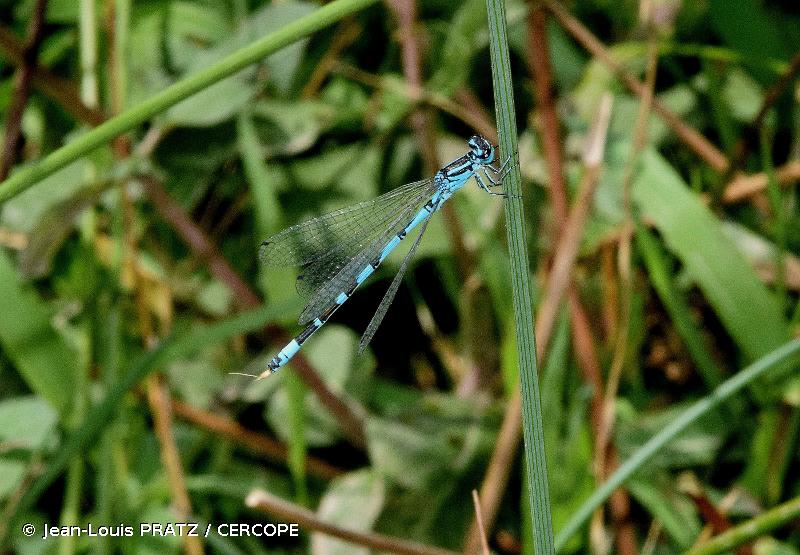
| Author : Jean-Louis PRATZ / CERCOPE |
 |
To get the picture, please visit:
Jean-Louis Pratz
CERCOPE
email : inpn@mnhn.fr
Legend: Mâle
Despite the Creative Commons license, please inform the author of the use which will be made of his photo
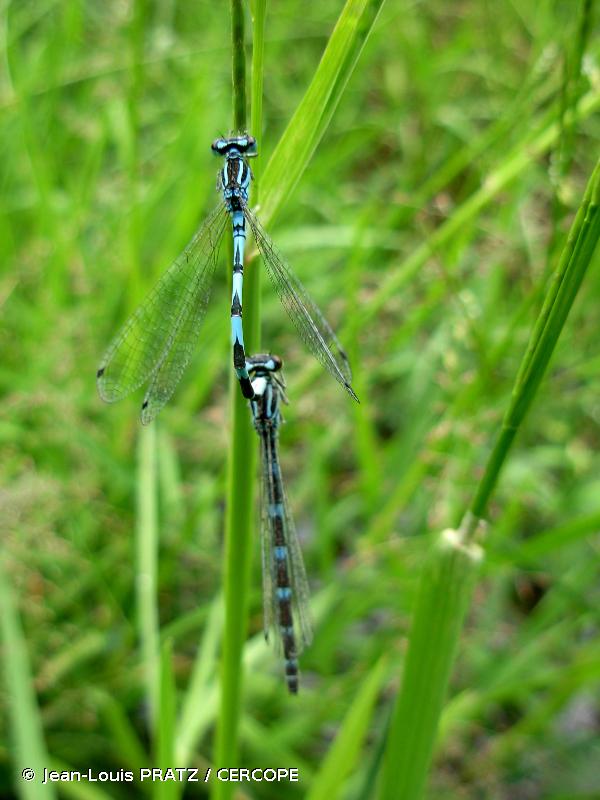
| Author : Jean-Louis PRATZ / CERCOPE |
 |
To get the picture, please visit:
Jean-Louis Pratz
CERCOPE
email : inpn@mnhn.fr
Legend: Couple
Despite the Creative Commons license, please inform the author of the use which will be made of his photo
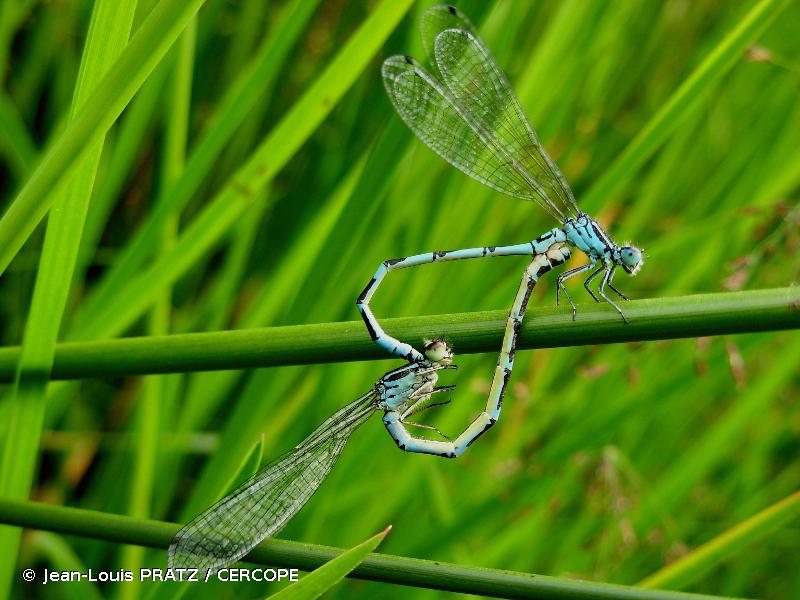
| Author : Jean-Louis PRATZ / CERCOPE |
 |
To get the picture, please visit:
Jean-Louis Pratz
CERCOPE
email : inpn@mnhn.fr
Legend: Cœur copulatoire
Despite the Creative Commons license, please inform the author of the use which will be made of his photo
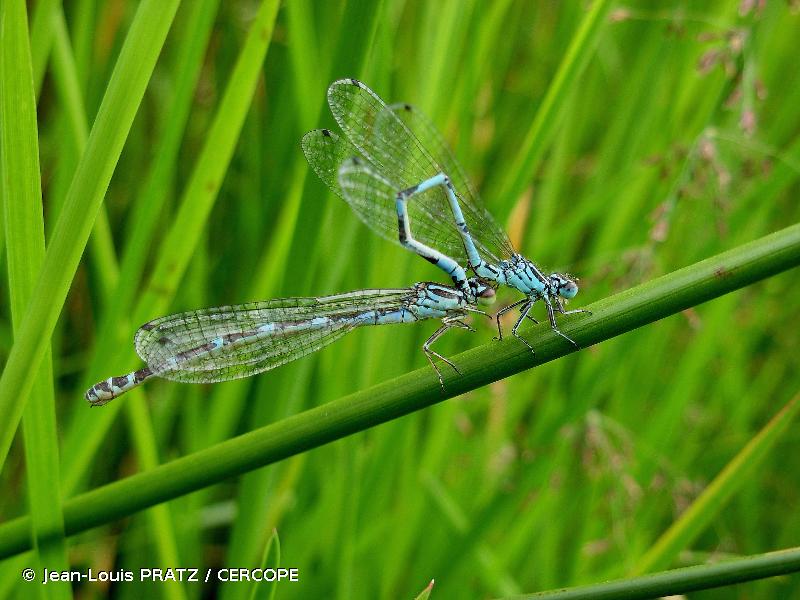
| Author : Jean-Louis PRATZ / CERCOPE |
 |
To get the picture, please visit:
Jean-Louis Pratz
CERCOPE
email : inpn@mnhn.fr
Legend: Accouplement
Despite the Creative Commons license, please inform the author of the use which will be made of his photo
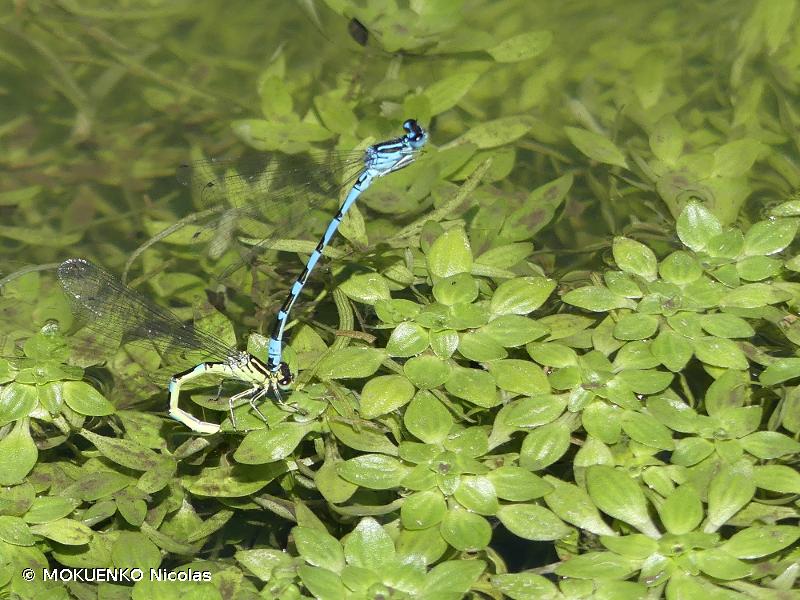
| Author : MOKUENKO Nicolas |
 |
To get the picture, please visit:
Nicolas Mokuenko
email : inpn@mnhn.fr
Despite the Creative Commons license, please inform the author of the use which will be made of his photo

| Author : S. Wroza |
 |
Despite the Creative Commons license, please inform the author of the use which will be made of his photo

| Author : S. Wroza |
 |
Despite the Creative Commons license, please inform the author of the use which will be made of his photo
C. ornatum, au corps bleu et noir se distinguent entre autres par des taches postoculaires à marge dentée.
Répandu de l'Europe centrale au Turkménistan et à l'Asie Mineure, il est très rare et en forte régression dans la partie occidentale de son aire. En France, il est actuellement connu de quelques départements du centre-est.
Il vit dans les régions bocagères en-dessous de 600 m d'altitude. On l'y retrouve dans de petits ruisseaux envasés et fossés, riches en végétaux et dans des suintements de pente en milieu prairial ensoleillé.
Les adultes volent, de début mai à mi-août, de temps à autre à quelques centimètres au-dessus de l'eau et restent longuement posés dans les herbes.
En France, les populations sont stables mais très dépendantes du maintien des pratiques agricoles actuelles (élevage ovin au pré). L'agrion est victime des sécheresses répétées qui tarissent les suintements prairiaux, les drainages intempestifs et du piétinement par les troupeaux.
[D'après Dijkstra K.-D.B., 2007. Guide des Libellules de France et d'Europe. Delachaux et Niestlé SA, Paris, 320 pages.
Grand D., Boudot J.-P., 2006. Les Libellules de France, Belgique et Luxembourg . Biotope, Mèze, (Collection Parthénope), 480 pages.]
Braud J.(),2014
Continental
Metropolitan France
Overseas
Marine
Metropolitan France
Overseas
The map presents a summary at the 10 x 10 km grid of the observation data for the species transmitted to the SINP. These data have been subjected to validation filters.
The map presents a reference distribution layer of the species at the scale of departments and marine sectors. The presence and absence data were established by expertise within a network of partners. This reference distribution is used in the validation process of the SINP data at the INPN level.
Corresponds to a report on the basis of at least one observation proved within a period of 10 years (20 years for little-known invertebrates) preceding the year and no presumption of extinction since obtaining the last data nor doubt on reproductive and implemented nature of this population. For migratory species, the presence indicated concerns areas of reproduction.
This status is based on one or more of the following criteria:
This point covers the absence, more difficult by nature to demonstrate than presence. This status is based on one or more of the following criteria:
This status must be assigned to a department in which the presence of the species is casual.
Particular case of absence due to a proven extinction less than a half century ago (older disappearances are treated as "no probable or definite").
In the state of knowledge, we can not comment on the presence or absence in the current department. This is the default status when not comprised in one of the previous categories or whenever there is doubt.
The map shows the global distribution of the species based on GBIF data (Global Biodiversity Information Facility).
